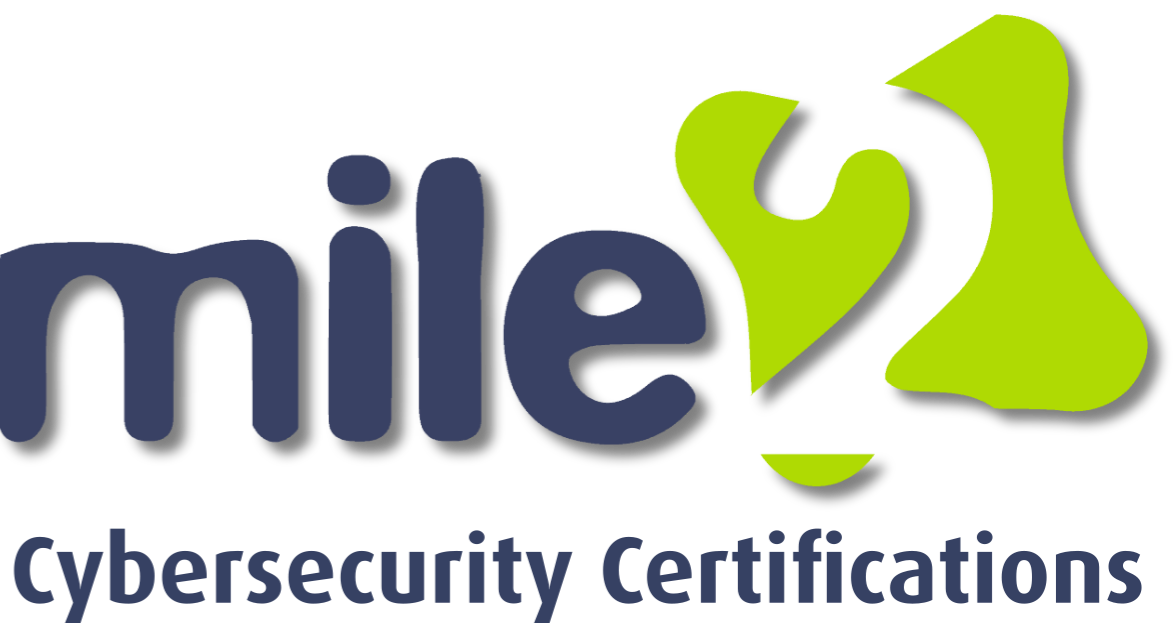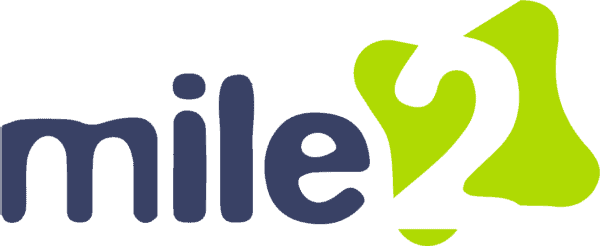OCU C)SP D Week 05 Lesson 10 Discussion
Tagged: Wk5 L10 Derrick
- This topic has 8 replies, 6 voices, and was last updated 10 hours, 49 minutes ago by
Addison West.
-
AuthorPosts
-
-
March 28, 2022 at 11:21 am #65889
Jessica Jagerson
KeymasterDiscuss the various risks and vulnerabilities companies face today as well as mitigating policies that help reduce a network compromise.
-
October 28, 2025 at 4:57 pm #110774
Carlos Martes
ParticipantCompanies today face many cybersecurity risks such as phishing, malware, ransomware, insider threats and data breaches. These attacks can lead to stolen data, financial loss, and even damage to reputation. One major vulnerability comes from weak passwords, unpatched systems and lack of employee awareness. To reduce these risks, organizations should create strong security policies, such as enforcing multifactor authentication, using firewalls and antivirus protection and regular updating software. Employee training is also critical to help staff recognize suspicious emails or links. Companies should perform regular security audits and backups to recover data in case of an attack. Having an incident response plan ensures a quick reaction to any breach. By combining organizations can greatly lower their chances of network compromise and protect sensitive data from modern cyber threats.
-
October 30, 2025 at 6:26 am #110814
Mjulius513
ParticipantWhen I worked at AWS, keeping the network secure was always a main priority. We used various methods to protect data and systems. Physical security measures included locked server rooms, security badges, and cameras to stop unauthorized access. Technical measures like firewalls, encryption, multi-factor authentication (MFA), and antivirus software helped block hackers and keep information safe. We also had administrative measures, such as password rules, access limits, and regular training for employees to ensure everyone followed security guidelines. Monitoring tools watched network activity and quickly spotted any unusual behavior or security threats. We regularly backed up data and had plans ready in case of a security breach or major system failure. Access controls ensured only authorized people could reach certain systems or data. By using all these layers of protection, AWS maintained a strong and secure network that kept both company and customer data safe and well-protected at all times.
-
October 31, 2025 at 10:39 am #110908
Trae Johnson
ParticipantI agree that combining physical, technical, and administrative controls is the best approach to safeguard company and customer data. Your mention of monitoring tools is also crucial—continuous monitoring helps detect suspicious activity early, allowing faster response to potential threats. One additional measure that can strengthen such systems is conducting regular penetration testing. This practice allows security teams to identify weaknesses before attackers can exploit them, ensuring that policies and controls remain effective as new threats emerge.
-
-
October 30, 2025 at 8:53 pm #110887
Addison West
ParticipantToday, companies face many online risks that can lead to hackers breaking into their networks or stealing information. Some common threats include malware, phishing, ransomware, insider threats, and weak passwords. Malware is harmful software that can damage computers or steal data. Phishing happens when someone sends fake emails or messages to trick people into giving away personal information. Ransomware locks important files until the company pays money to the hacker. Insider threats happen when employees accidentally or purposely share or damage company data. Weak passwords or not using extra security steps like multi-factor authentication also make it easier for hackers to get in. To lower these risks, companies can follow good security practices. They should keep all their computers and software updated so hackers can’t use old weaknesses. Firewalls and antivirus programs help block attacks, and monitoring tools can warn the company if something unusual happens. Teaching employees how to spot fake emails and create strong passwords is also very important. Companies should limit who can see private information so fewer people can accidentally cause problems. Finally, backing up data and having a recovery plan helps businesses get their information back quickly after an attack. Even though cyberattacks are common today, companies can protect themselves by staying careful, keeping systems updated, and training employees to be smart about security.
-
October 31, 2025 at 10:38 am #110907
Trae Johnson
ParticipantThis post gives a clear and practical overview of the major cyber risks companies face today. I especially like that you mentioned employee training and limiting access—those are two of the most effective ways to prevent human error, which is often the weakest link in security. Another point worth adding is the importance of network segmentation. By dividing a company’s network into smaller, isolated sections, organizations can limit the damage if one part of the system is compromised. This makes it much harder for attackers to move laterally through the network and access critical systems or data.
-
-
October 31, 2025 at 10:35 am #110906
Trae Johnson
ParticipantIn today’s digital environment, companies face numerous risks and vulnerabilities that can compromise their networks and data. Some of the most common include malware, phishing, ransomware, insider threats, and unpatched software vulnerabilities. Malware and ransomware can encrypt or destroy valuable data, while phishing attacks often trick employees into revealing sensitive information or login credentials. Insider threats whether intentional or accidental can expose confidential data or provide attackers with internal access. Outdated software and weak passwords are also frequent entry points for cybercriminals.
Reducing these risks, companies need to implement layered security policies. A strong Access Control Policy ensures that only authorized users can access certain systems or data. Patch Management Policies require regular software updates to close known vulnerabilities. Incident Response and Recovery Policies prepare organizations to quickly detect, respond to, and recover from attacks. Security Awareness Training is also essential employees should learn to recognize phishing emails, use strong passwords, and follow proper data-handling procedures. Finally, Backup and Disaster Recovery Policies guarantee that critical information can be restored in case of a cyberattack or data loss. By combining these proactive measures, companies can significantly reduce the likelihood and impact of a network compromise.
-
October 31, 2025 at 5:51 pm #110916
Derrick Adams
ParticipantIn today’s digital world, organizations face a wide range of risks and vulnerabilities that threaten the security of their networks. Risks represent the potential for loss or damage when weaknesses are exploited, while vulnerabilities are those weaknesses themselves whether in software, hardware, procedures, or human behavior. Common issues include outdated systems, weak passwords, poor access controls, and employees who fall victim to phishing or other forms of social engineering. These weaknesses give attackers the opportunity to steal information, disrupt operations, or damage an organization’s reputation.
Reducing these risks starts with identifying critical assets and evaluating how likely each is to be compromised. Once vulnerabilities are understood, organizations can apply layered security controls to manage them. Technical measures such as firewalls, intrusion detection systems, encryption, and routine patching are crucial. However, technology alone isn’t enough. Administrative controls including clear policies, access management, security awareness training, and regular audits ensure that users follow safe practices.
Strong security policies and consistent enforcement form the backbone of effective protection. By combining technical safeguards with well-trained personnel and a proactive approach to risk management, organizations can greatly reduce the likelihood of a network compromise and strengthen their overall security posture.-
November 1, 2025 at 11:31 am #110919
Addison West
ParticipantI think you explained this really well. I like how you pointed out that risks and vulnerabilities are not the same thing, but they are connected. Your explanation makes it clear that even the strongest technology still cannot protect a company if people are not trained and systems are not updated. I also agree with you that a layered approach is important, because one single tool is never enough to stop every attack. The part about employees getting tricked by phishing is very true, human mistakes are still one of the biggest reasons attacks succeed. In my opinion, building a strong security culture takes time, but it makes a huge difference. When companies combine good tools, good policies, and good training like you mentioned, they have a much better chance of staying protected.
-
-
-
AuthorPosts
- You must be logged in to reply to this topic.

